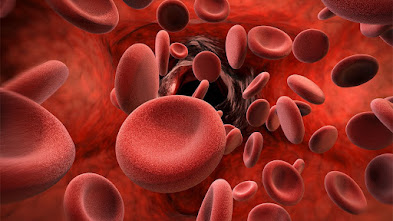Polymerase Chain Reaction

Polymerase Chain Reaction Within the domain of atomic science, Polymerase Chain Response (PCR) stands as a foundation, revolutionizing the way researchers analyze and open up DNA. PCR, a capable method created by Kary Mullis in 1983, has gotten to be an crucial device in different logical disciplines, extending from hereditary qualities and forensics to restorative diagnostics. < Understanding the Essentials of PCR: PCR could be a strategy utilized to exponentially increase a particular portion of DNA, permitting analysts to produce millions of duplicates from a little beginning test. This handle includes three primary steps: denaturation, strengthening, and expansion. Amid denaturation, the DNA twofold helix is isolated into two single strands. Within the strengthening step, preliminaries tie to the focused on DNA grouping, and at long last, DNA polymerase synthesizes complementary strands amid the expansion stage. Applications of PCR in Medication: PCR has revolutionized restorati...




